If I add a secret file in my first layer, then use the secret file in
my second layer, and the finally remove my secret file in the third
layer, and then build with the --squash flag.
Will there be any way now to get the secret file?
Answer: Your image won't have the secret file.
How --squash works:
Once the build is complete, Docker creates a new image loading the diffs from each layer into a single new layer and references all the parent's layers.
In other words: when squashing, Docker will take all the filesystem layers produced by a build and collapse them into a single new layer.
This can simplify the process of creating minimal container images, but may result in slightly higher overhead when images are moved around (because squashed layers can no longer be shared between images). Docker still caches individual layers to make subsequent builds fast.
Please note this feature squashes all the newly built layers into a single layer, it is not squashing to scratch.
Side notes:
Docker 1.13 also has support for compressing the build context that is sent from CLI to daemon using the --compress flag. This will speed up builds done on remote daemons by reducing the amount of data sent.
Please note as of Docker 1.13 this feature is experimental.

